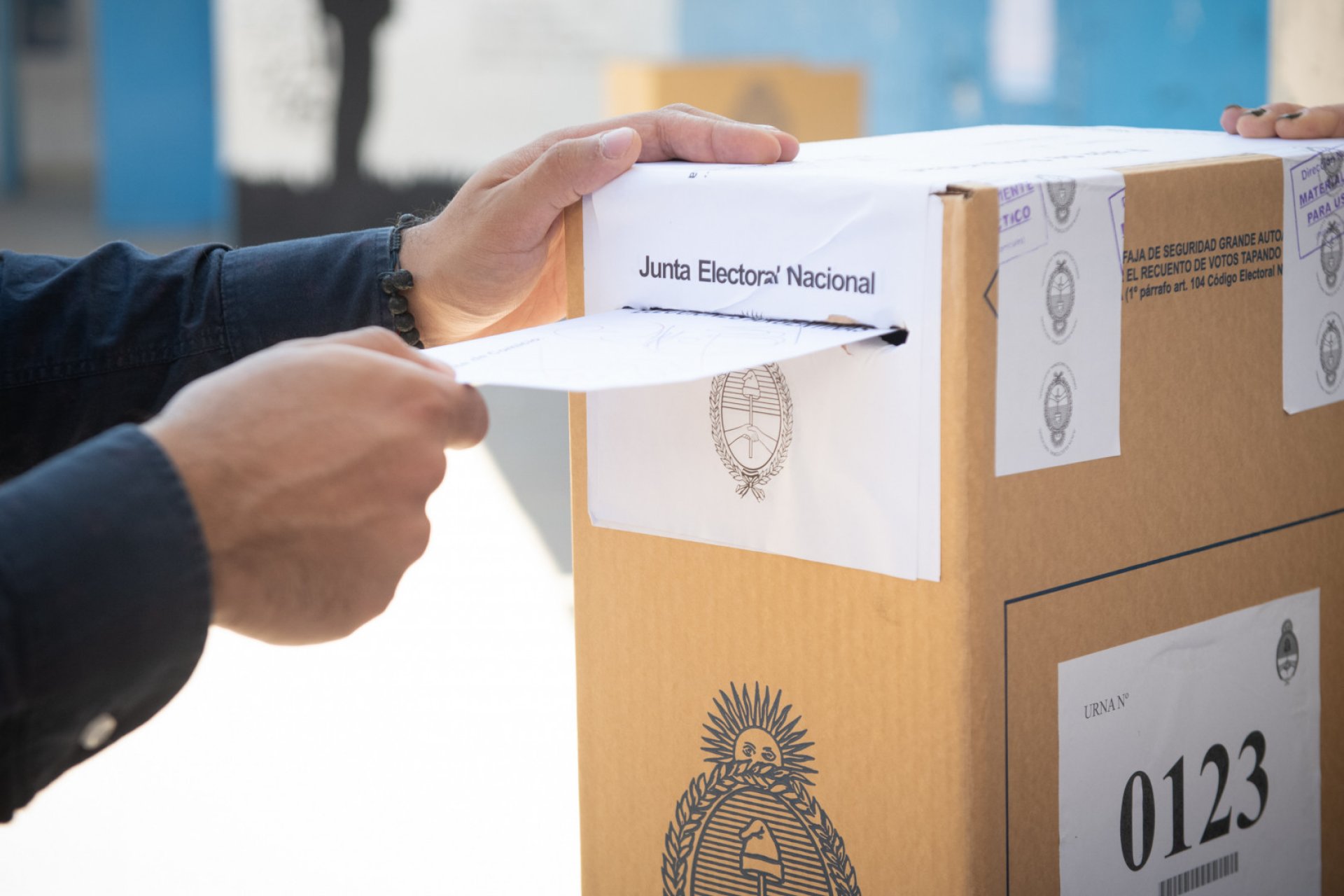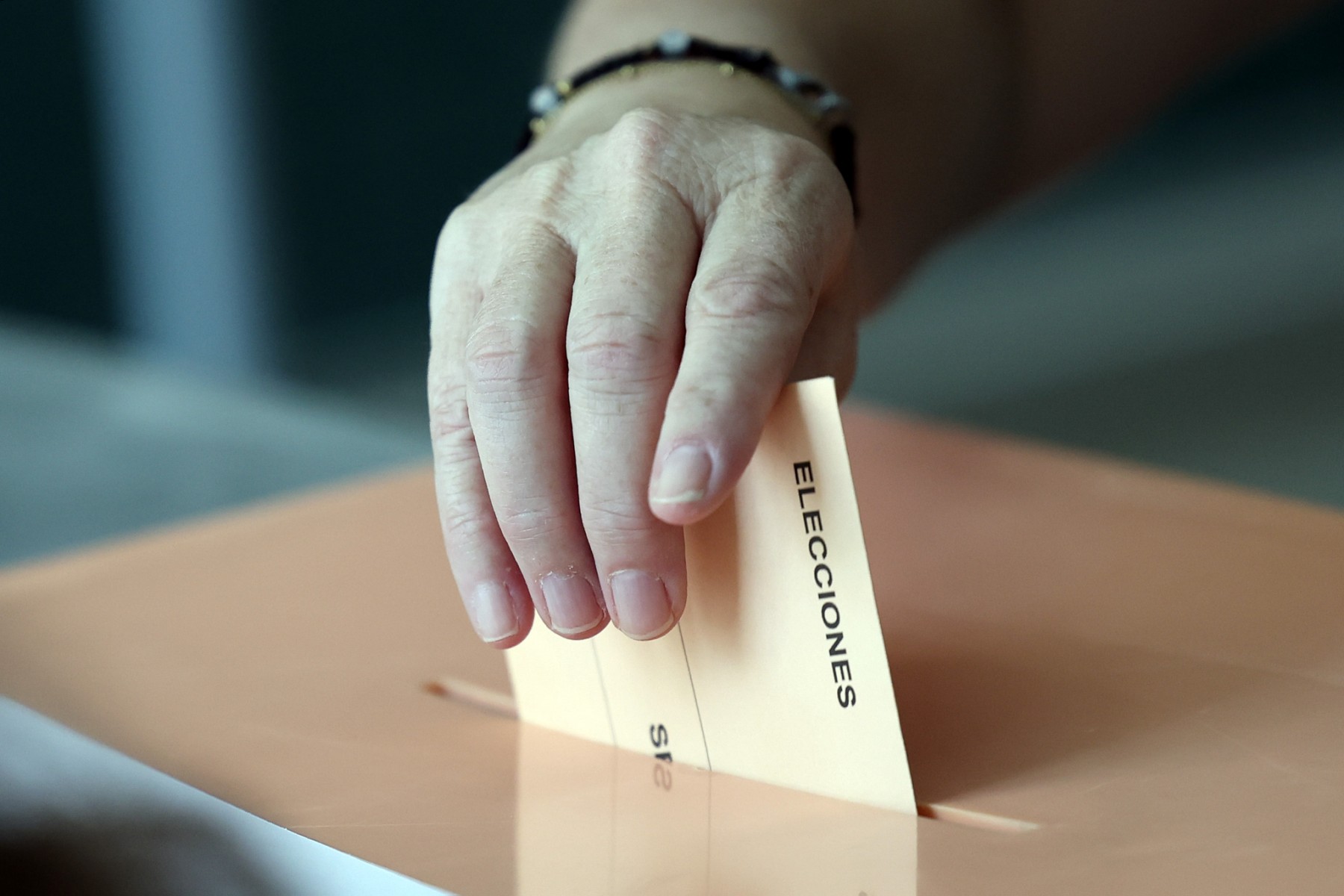Iran's Snap Elections: Navigating A Nation's Crossroads
The recent snap presidential elections in Iran, necessitated by the tragic death of President Ebrahim Raisi, have thrust the Islamic Republic into a pivotal moment, demanding global attention and keen analysis. These unforeseen circumstances, unfolding against a backdrop of escalating regional tensions and complex domestic challenges, have culminated in a leadership transition that could significantly shape Iran's trajectory on both internal and international fronts. Understanding the intricacies of these Iranian elections is crucial for comprehending the nation's immediate future and its role in a volatile Middle East.
The sudden call for early polls, following the helicopter crash on May 19, 2024, that claimed Raisi's life, underscored the constitutional resilience of Iran's political system while simultaneously highlighting its inherent vulnerabilities. With the world watching, the electoral process became a barometer for the mood of the Iranian populace and a test of the establishment's ability to manage a crisis of succession amidst profound geopolitical pressures. The outcome of these Iranian elections, particularly the victory of a reformist candidate, signals a nuanced shift in a political landscape often perceived as monolithic.
Table of Contents
- The Unforeseen Catalyst: Raisi's Tragic Demise
- A Nation on Edge: The Geopolitical Backdrop
- The Road to the Polls: Navigating the Electoral Process
- The Contenders: A Clash of Ideologies
- The Second Round Showdown: July 5, 2024
- A Decisive Outcome: Pezeshkian's Victory
- Implications for Iran and Beyond
- The Path Forward: Challenges and Opportunities
The Unforeseen Catalyst: Raisi's Tragic Demise
The sudden death of incumbent President Ebrahim Raisi in a helicopter crash on May 19, 2024, sent shockwaves through Iran and the international community. Raisi, a conservative figure who had ascended to the presidency in 2021, was widely seen as a potential successor to Supreme Leader Ayatollah Ali Khamenei. His unexpected demise triggered a constitutional mandate for early presidential elections, as stipulated by Article 131 of the Iranian constitution. This article dictates that in the event of the president's death, resignation, or removal, a new election must be held within 50 days. Consequently, the electoral commission swiftly announced that the early presidential elections in Iran would take place on June 28, 2024, with a potential second round on July 5, 2024. This rapid transition period presented a significant challenge for the Islamic Republic, which prides itself on stability and continuity. The urgency of the situation meant that candidates had limited time to campaign, and the nation was plunged into an electoral cycle far sooner than anticipated. The 13th presidential elections of Iran had originally been held on June 18, 2021, which saw Raisi elected after Hassan Rouhani, the former president, was constitutionally ineligible for a third term. The swift organization of the 2024 snap elections demonstrated the state's capacity to adapt to unforeseen crises, even as it navigated a delicate political landscape.A Nation on Edge: The Geopolitical Backdrop
The early presidential elections arrived at a particularly delicate moment for the Islamic Republic. Iran finds itself embroiled in an escalating web of tensions with Israel and its Western allies, largely provoked by the ongoing war in Gaza. This geopolitical backdrop cast a long shadow over the electoral process, shaping public discourse and influencing the candidates' platforms. The country's foreign policy, its nuclear program, and its regional influence were all implicitly on the ballot, making these Iranian elections far more than just a domestic affair.Escalating Tensions and Regional Dynamics
The war in Gaza has profoundly impacted the Middle East, leading to a surge in regional proxy conflicts and direct confrontations, including unprecedented exchanges between Iran and Israel. These heightened tensions mean that any shift in Iran's leadership could have immediate and far-reaching consequences for regional stability. Voters were acutely aware that the next president would inherit a foreign policy apparatus grappling with complex challenges, from sanctions and nuclear negotiations to the ongoing support for regional allies. The need for a leader capable of navigating these treacherous waters was paramount, adding an extra layer of gravity to the electoral choice. The public mood was undoubtedly influenced by the daily headlines of regional unrest, making the election not just about domestic issues but also about national security and international standing.The Road to the Polls: Navigating the Electoral Process
The path to the presidency in Iran is a tightly controlled process, overseen by the Guardian Council, a powerful body of clerics and jurists. This council vets all candidates, often disqualifying a significant number, particularly those deemed too reformist or insufficiently loyal to the foundational principles of the Islamic Republic. This rigorous vetting process shapes the political spectrum available to voters and has been a point of contention in past elections.Candidate Vetting and the Council of Guardians
In the 2021 presidential elections and the parliamentary elections held in March 2024, reformist candidates were widely disqualified, leading to a narrower field dominated by conservatives and hardliners. This pattern often limits the choices for voters who might seek more significant political or social change. However, in a notable departure from recent trends, Masoud Pezeshkian, a prominent reformist figure, was included among the approved candidates for the 2024 snap election. Experts suggested that Pezeshkian's inclusion was perhaps a strategic move by the establishment to inject some level of competition and legitimacy into the race, potentially to encourage higher voter turnout, which has been a concern in recent polls. His presence offered a stark contrast to the hardline candidates and presented voters with a genuine choice between differing ideological paths. Four candidates contested the first round of the election on June 28, 2024. The results, announced by the Ministry of Interior, showed a clear frontrunner but no outright winner. Masoud Pezeshkian secured 44% of the vote, closely followed by Saeed Jalili with 40%. Mohammad Bagher Ghalibaf garnered 14%, while Mostafa Pourmohammadi received less than 1%. Since no candidate achieved an absolute majority, a second round was mandated, setting the stage for a direct confrontation between the reformist Pezeshkian and the ultraconservative Jalili. This outcome immediately intensified the focus on the upcoming July 5th runoff, as it represented a clear ideological battle for the nation's future direction.The Contenders: A Clash of Ideologies
The second round of the Iranian elections pitted two distinct visions for Iran against each other: the moderate, reformist approach championed by Masoud Pezeshkian, and the ultraconservative, hardline stance represented by Saeed Jalili. This ideological divide was central to the campaign, with each candidate appealing to different segments of the Iranian electorate.Masoud Pezeshkian: The Reformist Hope
Masoud Pezeshkian, a 69-year-old cardiac surgeon, emerged as the unexpected torchbearer for the reformist camp. His campaign resonated with segments of the population yearning for greater openness, economic stability, and improved relations with the international community. Pezeshkian, described as a moderate candidate, managed to rally support by agitating the fear of a more pronounced hardline shift, suggesting that a victory for his rival would lead to further isolation and domestic hardship. His background as a medical professional, rather than a traditional political or clerical figure, perhaps lent him an image of pragmatism and a focus on the welfare of ordinary citizens. His inclusion in the race, against the backdrop of previous widespread disqualifications of reformist candidates, was seen by many as a rare opportunity for a different voice to be heard in the highest office.Saeed Jalili: The Ultraconservative Standard-Bearer
Saeed Jalili, on the other hand, represented the unwavering hardline faction. A former chief nuclear negotiator and a close confidante of the Supreme Leader, Jalili's platform emphasized resistance against Western influence, strict adherence to revolutionary principles, and a robust defense posture. His supporters are typically drawn from the more conservative segments of society, including elements within the Revolutionary Guard and the Basij militia. Jalili's campaign focused on national pride, self-reliance, and a firm stance against perceived external threats. His political rhetoric often mirrored the Supreme Leader's vision for Iran, appealing to those who prioritize ideological purity and a strong, unyielding posture on the global stage.The Second Round Showdown: July 5, 2024
The stage was set for a decisive confrontation on July 5, 2024. With neither Pezeshkian nor Jalili securing an absolute majority in the first round, the runoff became a direct contest between two fundamentally different political philosophies. The stakes were incredibly high. For reformists, it was a chance to prevent an even sharper turn towards conservatism and potentially open avenues for greater domestic freedoms and international engagement. For hardliners, it was an opportunity to consolidate power and ensure the continued implementation of their vision for the Islamic Republic. The campaigning in the lead-up to the second round intensified, with both candidates attempting to mobilize their respective bases and win over undecided voters. The debates were sharp, highlighting the stark differences in their approaches to the economy, social issues, and foreign policy. The election had acquired an emergency and surprise character due to its accelerated timeline, making the outcome even more unpredictable. The world watched closely, understanding that the choice made by Iranian voters would have ripple effects far beyond their borders, particularly given the ongoing tensions with Israel and the broader geopolitical landscape.A Decisive Outcome: Pezeshkian's Victory
On July 5, 2024, the Iranian people cast their votes in the second round of the early presidential elections. The results, officially announced by the Iranian government, confirmed a significant victory for the reformist candidate. Masoud Pezeshkian won the presidential elections in Iran with a commanding 53.6% of the votes, decisively defeating the ultraconservative Saeed Jalili, who garnered 44.3%. This outcome marked a notable shift in Iran's political leadership, signaling a potential new direction for the country. The voter turnout for these crucial Iranian elections was reported at 49.8%, with 30,530,157 votes cast. While this figure is higher than some previous elections, it still reflects a significant portion of the electorate choosing not to participate, a trend that has concerned Iranian authorities in recent years. Nevertheless, Pezeshkian's victory, secured with a clear majority, was a powerful statement from the electorate. The proclamation of Pezeshkian, at 70 years old, as the new president of Iran, after surpassing his hardline conservative rival, Saeed Jalili, was met with anticipation both domestically and internationally. His win represented a triumph for the moderate faction and offered a glimmer of hope for those seeking a more pragmatic and less confrontational approach to governance.Implications for Iran and Beyond
Masoud Pezeshkian's victory in the Iranian elections carries significant implications, both for Iran's domestic policies and its standing on the global stage. Domestically, his presidency could usher in a period of cautious reform, particularly in areas like economic management and social freedoms, although the extent of such changes will ultimately depend on the backing of the Supreme Leader and other powerful institutions. As a reformist, Pezeshkian is expected to prioritize improving living standards, tackling corruption, and potentially easing some social restrictions, which could alleviate some of the internal pressures that have simmered in recent years. His emphasis on pragmatism and a focus on the welfare of ordinary citizens suggests a shift from the more ideologically driven policies of his predecessor. On the foreign policy front, Pezeshkian's win could signal a desire for de-escalation and a more diplomatic approach to international relations. While Iran's core foreign policy decisions ultimately rest with the Supreme Leader, a reformist president might be more inclined to pursue dialogue and negotiation, potentially leading to a softening of rhetoric with Western powers and a re-evaluation of regional engagements. The world will be watching closely to see if his presidency can pave the way for a reduction in tensions with Israel and its allies, particularly in the context of the ongoing regional conflicts. The recent attacks between Israel and Iran have brought the core of power in the Islamic Republic back into sharp focus, and Pezeshkian's role within this power structure will be critical. His election introduces a new dynamic into this delicate balance, potentially offering a path toward greater stability, even if the fundamental ideological underpinnings of the Islamic Republic remain unchanged.The Path Forward: Challenges and Opportunities
As Masoud Pezeshkian assumes the presidency, he faces a daunting array of challenges. The Iranian economy continues to grapple with the crippling effects of international sanctions, high inflation, and unemployment. Addressing these issues will require innovative policies and potentially a willingness to engage more constructively with the international community. Furthermore, social discontent, fueled by economic hardship and calls for greater freedoms, remains a significant internal pressure point. Pezeshkian's ability to navigate these domestic concerns while maintaining the support of the country's powerful conservative establishment will be a defining test of his leadership. In terms of foreign policy, the new president will inherit a complex geopolitical landscape. The ongoing nuclear negotiations, regional proxy conflicts, and the delicate balance of power in the Middle East demand astute diplomacy and strategic foresight. While a reformist president might offer a more amenable face to the world, the ultimate direction of Iran's foreign policy will still be heavily influenced by the Supreme Leader, Ayatollah Ali Khamenei, who holds the final say on all major state matters. The power dynamics within the Islamic Republic are intricate, with various factions and institutions vying for influence. Pezeshkian's success will depend on his ability to forge consensus, manage expectations, and incrementally push for his reformist agenda within the existing political framework. The outcome of these Iranian elections has indeed opened a new chapter, but the narrative is far from complete, promising continued scrutiny and analysis from observers worldwide.The early presidential elections in Iran have concluded, bringing a reformist voice to the forefront of the nation's executive leadership. Masoud Pezeshkian's victory, against the backdrop of intense regional tensions and a tightly controlled political system, marks a significant moment for the Islamic Republic. His presidency offers a potential shift towards greater pragmatism and engagement, both domestically and internationally, though the inherent challenges and the influence of the Supreme Leader will undoubtedly shape his tenure. The world will continue to observe closely as Iran navigates its complex path forward under its new leadership.
- Judge Ross Wife
- Sahara Rose Ex Husband
- Jameliz Onlyfans
- How Old Is Jonathan Roumie Wife
- Downloadhubcontect
What are your thoughts on the implications of Pezeshkian's victory for Iran and the wider Middle East? Share your perspectives in the comments below, and don't forget to share this article with others interested in understanding the nuances of Iranian politics. For more in-depth analysis of global political developments, explore our other articles on international relations and regional dynamics.

Cómo votar en las elecciones presidenciales de 2023 en Argentina: guía

Elecciones en España: ¿cuándo se sabrán los resultados? - EL NACIONAL

Elecciones a Delegado de Curso de los títulos de la ETSI de Algeciras